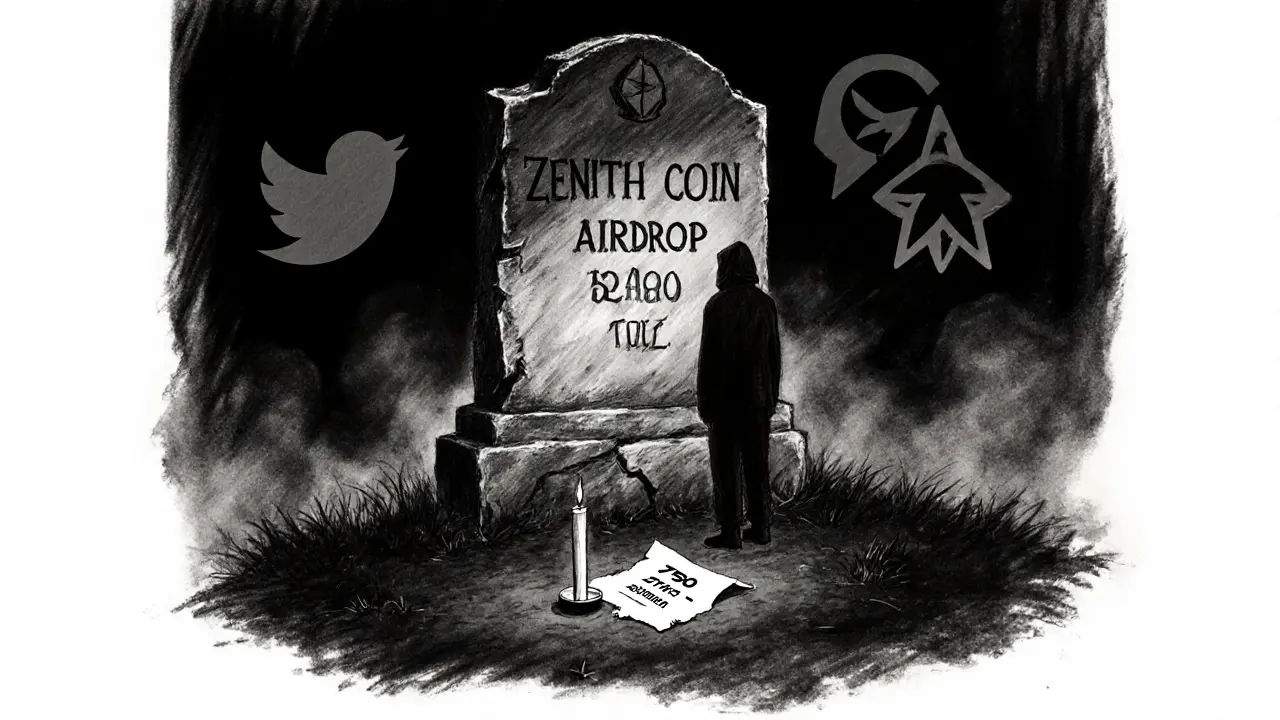Zenith Coin airdrops are mostly scams in 2025. The real one ended in 2020. Learn what's real, what's fake, and how to avoid losing your crypto to fake Zenith Coin claims.
Zenith Foundation: What It Is, Why It Matters, and What You Need to Know
When you hear Zenith Foundation, a blockchain-focused organization that supports decentralized projects through funding, governance, and community building. It is also known as Zenith DAO, it usually shows up in discussions around long-term crypto sustainability—not hype, not quick flips, but infrastructure. Unlike flashy token launches, Zenith Foundation operates behind the scenes, backing projects that need more than just marketing to survive. It’s not a company. It’s not a exchange. It’s a structure designed to keep decentralized networks alive when the noise dies down.
This kind of foundation isn’t new. Think of the Ethereum Foundation or the Solana Foundation. They don’t trade tokens. They don’t run ads. They fund developers, audit smart contracts, and sometimes even help write the rules for how a network grows. Zenith Foundation does the same, but with a tighter focus on under-the-radar chains and niche DeFi tools. It’s the kind of entity that shows up in the fine print of a whitepaper, then quietly appears again in a governance vote six months later. You won’t see it on CoinGecko, but you’ll feel its impact when a protocol you use suddenly gets more stable, or when a new feature rolls out faster than expected.
What makes Zenith Foundation different? It doesn’t issue its own token. That’s rare. Most foundations create a token to fund operations, but Zenith works through grants, partnerships, and direct support. That means less speculation, more substance. You won’t find people trading "ZENITH" coins on Binance. Instead, you’ll find developers building on chains it supports, or users voting on proposals in a DAO it helped set up. This approach reduces centralization risk and keeps decision-making in the hands of the community—not a single entity with a treasury.
Related entities like decentralized governance, a system where token holders vote on protocol changes without central authority and tokenomics, the economic design behind a cryptocurrency’s supply, distribution, and incentives are central to how Zenith operates. It doesn’t just throw money at projects—it evaluates how well their tokenomics align with long-term health. A project with a 10% annual inflation rate? Probably not a fit. One with a clear vesting schedule and community-controlled treasury? That’s the kind it backs.
And that’s why you’ll find posts here about exchanges like Bitay, LGO, and Azbit—some of them were funded or advised by foundations like Zenith. You’ll also see posts about airdrops and scams. That’s because when a foundation supports a project, it becomes a target for copycats. Scammers love to pretend they’re "partnered with Zenith" to make their fake tokens look real. The truth? Zenith doesn’t run airdrops. It doesn’t promote tokens. It builds systems. And if you’re looking to understand what’s real in crypto beyond the noise, you need to know how these foundations work.
Below, you’ll find real reviews, deep dives, and scam warnings tied to projects that either received support from Zenith Foundation—or got caught pretending they did. No fluff. No guesses. Just facts from people who’ve dug into the code, the team, and the history. Whether you’re checking out a new exchange or wondering if a token is legit, this collection gives you the context to decide for yourself.

